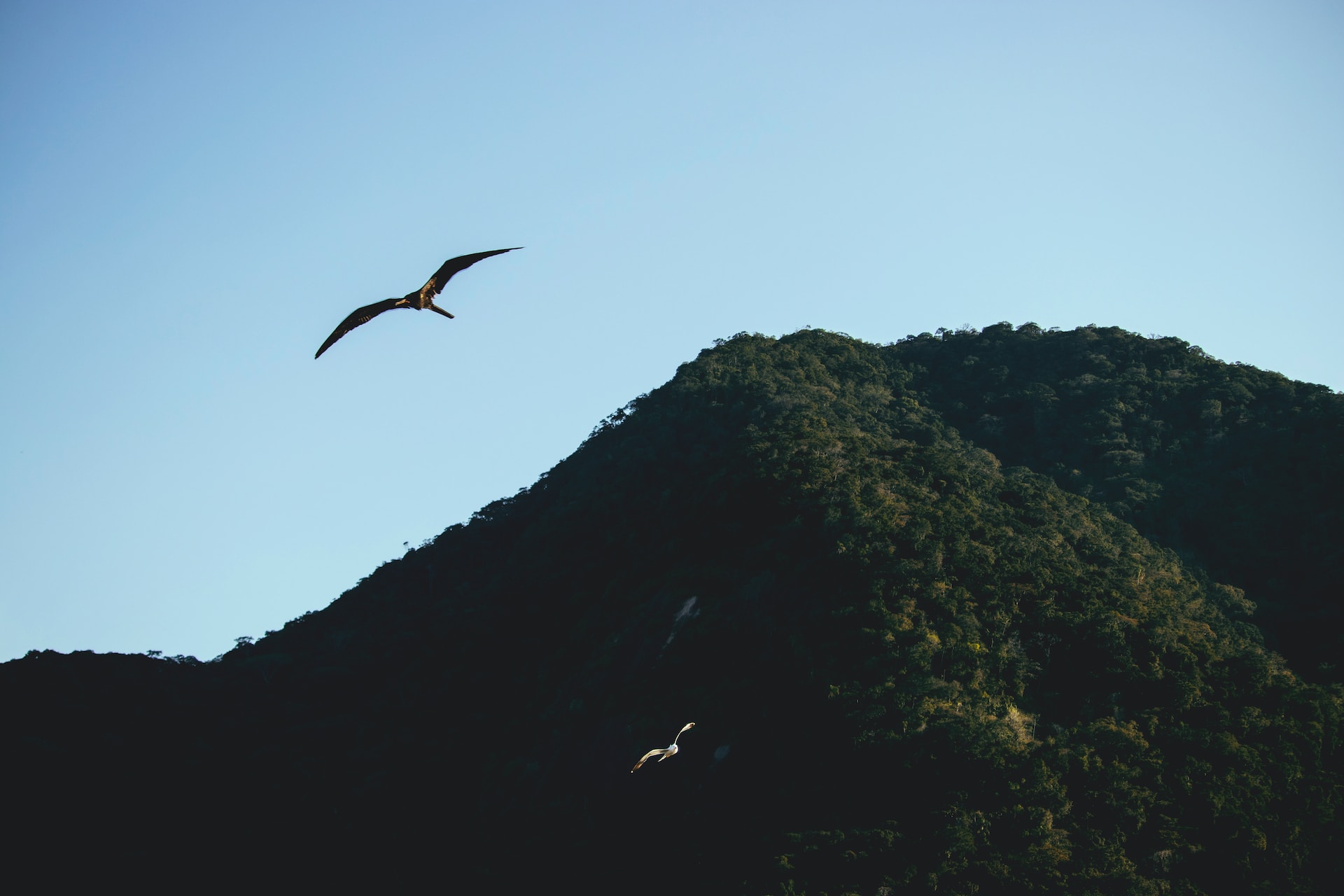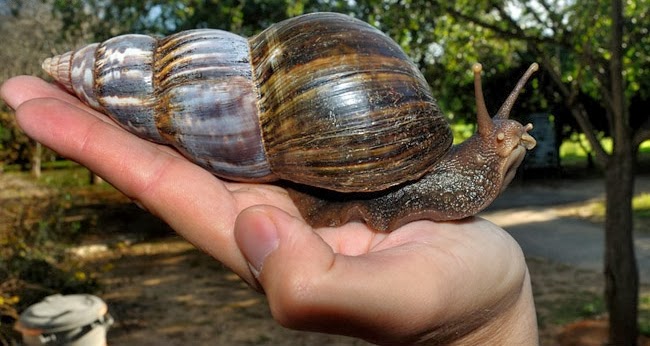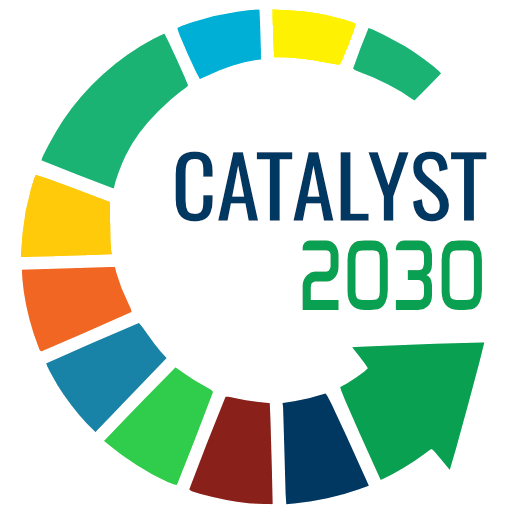
I begin the title of this text on regenerative economics with a phrase from a Nigerian poet and philosopher, Bayo Akolomafe. A self-styled post-activist, his ideas are provocations to rethink our current relationship with everything that exists.
You’ve probably heard one of those stories about the ecological imbalance caused by the introduction of an exotic species into an ecosystem, right? The African giant snail and the golden mussel are examples of species introduced into Brazil with a high negative impact on the environment. But it’s interesting to note that after a while (sometimes a long time), environmental conditions adjust, forming a new balance. Recently, The Nature Conservancy (TNC) removed rats from Palmyra Atoll in the Pacific. They had been introduced decades ago and the growing population worried conservationists. However, their removal increased the number of coconut palms (which were their main food), which worsened the quality of the soil and drove away migratory birds, leading to major changes.
Giant African snail. Photo: Reproduction/Dedetizadora Kioto
Balance is established in movement
Well, I’ve told this whole story to reinforce points that may seem obvious, but which we forget: everything changes and balance is established in movement.
Another way of explaining this is to use a yoga pose as an example. Try placing the sole of one of your feet on the inside of your thigh and raising your arms with your hands together. Known as Vrksasana, or simply tree pose, this pose can only be held if the practitioner can circumvent the imbalance by adjusting the amount of weight placed on the sides, front of the feet, or the heels. The arms, and even the torso, can make small (or not so small) movements to re-establish balance – which is never completely static.
Movements can be imperceptible because they are very small (the muscles in the feet) or long-term (the ecosystem’s adaptation to rats over decades), but they are a constant in everything around us.
In complex environments, i.e. with large chains of interdependence, and systemic, which means that there is causality and feedback from these chains, it becomes challenging to predict the results of interventions. We can carry out a well-intentioned ecological project that ends up driving away the migratory birds we want to protect. Or with fewer repercussions, but still in a painful way, hit the ground when we just wanted to stretch out and calm our minds.
How do we deal with systemic problems in complex environments?
The regenerative economy was born with a proposal to humbly learn from nature about balance – including its times and micro-movements. Without pretending to define it in this short sharing of reflections, I can say that regenerative economics is more about not knowing (and therefore observing) than answering. As the British anthropologist Tim Ingold pointed out as a weakness, “With all the data at our fingertips, we think we already know everything there is to know; however, knowing everything, we fail to see or learn from the world itself”.
The economy, let’s remember, is not about money, but about managing resources. And regeneration is about generating new flows of life. What do we need to prune, and what do we need to let sprout? I‘m always reminded of the master Chilean neurobiologist Humberto Maturana: “Life is transformed based on what I decide to conserve”.
But more than a single decision, more than definitive answers, the invitation is for us to act in a more experimental, intentional, and attentive way. Rather than rushing off in an uncertain direction, test short steps and observe the ecosystem’s reaction. This way, we can decide to keep some rodents on the atoll or put one foot on the ground before we – or our environment – get hurt.


